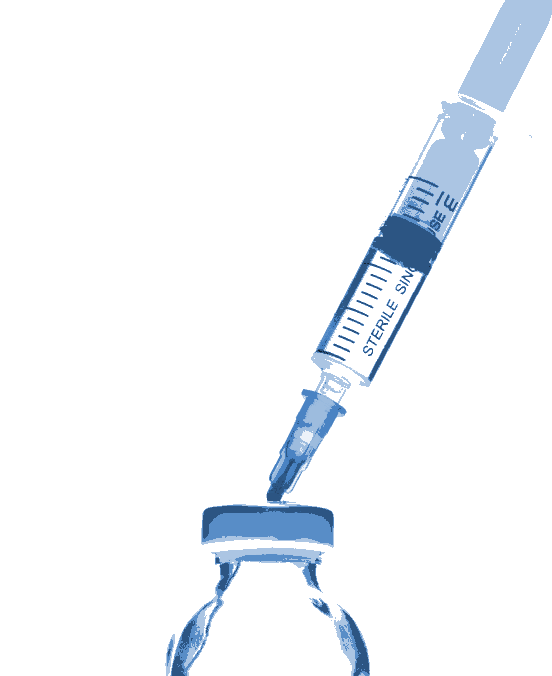Shingles jabs rise to new peak
 Expanded access to the shingles vaccine has led to a record surge in vaccinations.
Expanded access to the shingles vaccine has led to a record surge in vaccinations.
Recent data from the National Centre for Immunisation Research and Surveillance (NCIRS) have revealed that the expansion of eligibility for the shingles vaccine, Shingrix, has led to a significant increase in vaccinations, marking the highest number on record in Australia.
This surge follows a pivotal change in the National Immunisation Program (NIP) on 1 November 2023, when Shingrix replaced Zostavax as the sole NIP-funded vaccine for shingles prevention.
Shingrix, which had been available only on the private market since 2021, became more accessible after the NIP expanded its eligibility.
Nearly 20 per cent of eligible adults aged 65 years and over received at least one dose of the Shingrix vaccine within the first six months of the program, with approximately 1.25 million doses administered by 30 April 2024.
Associate Professor Frank Beard, Associate Director of Surveillance, Coverage, Evaluation, and Social Science at NCIRS, commented on the rapid uptake of Shingrix.
“This rapid uptake is likely due to Shingrix being available to more people under expanded NIP eligibility – and better, longer-lasting effectiveness compared to Zostavax,” he said.
The expanded eligibility now covers all adults aged 65 years and over, Aboriginal and Torres Strait Islander people aged 50 years and over, and certain groups aged 18 years and over with weakened immunity.
This wider access ensures that more individuals at risk of severe shingles disease can be protected.
“Shingrix is more than 90 per cent protective over a 3-year period in people aged 50 years and over,” Dr Beard said.
“Zostavax is 70 per cent protective in people aged 50–59 years but only 41 per cent protective in those aged 70–79 and 18 per cent protective in those aged 80 and over. The effectiveness also lasts longer with Shingrix – with more than 80 per cent protection after 8 years compared to 30 per cent for Zostavax.”
Another significant benefit of Shingrix is its safety profile, particularly for immunocompromised individuals, who are at a higher risk of complications from shingles.
Unlike Zostavax, which poses serious risks to this group, Shingrix can be safely administered, making it a preferable option.
While minor side effects are somewhat more common with Shingrix than with Zostavax, they are generally short-lived.
AusVaxSafety data indicate that 52.3 per cent of vaccine recipients reported no side effects within the first three days following vaccination.
Common reactions included localised pain, swelling, and redness at the injection site, as well as fatigue, muscle pain, and headaches. These effects typically resolve without treatment within a few days.
Shingles, caused by the reactivation of the varicella-zoster virus in nerve cells, presents as a painful rash and can lead to serious complications such as postherpetic neuralgia (PHN).
PHN, a debilitating condition, affects up to 30 per cent of those who develop shingles, with the risk increasing with age.
NCIRS says it will continue to monitor Shingrix vaccination uptake and safety, while also evaluating the long-term impact of the updated NIP on shingles incidence and severity across Australia.







 Print
Print